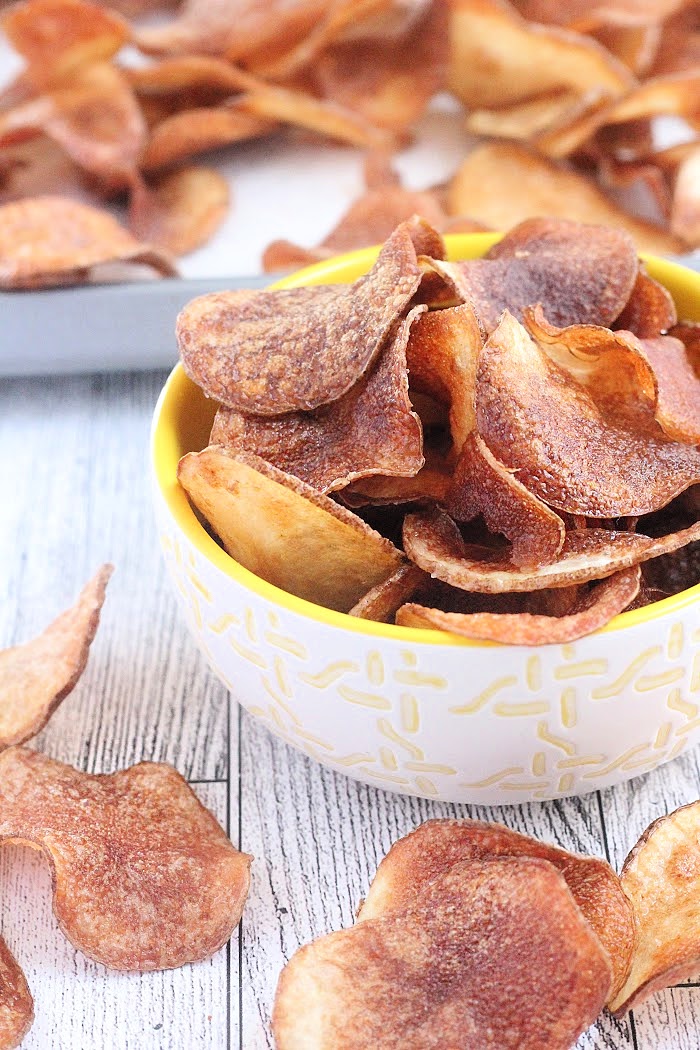A Simple Guide To The Cuts Of Fish And How To Cook Each One
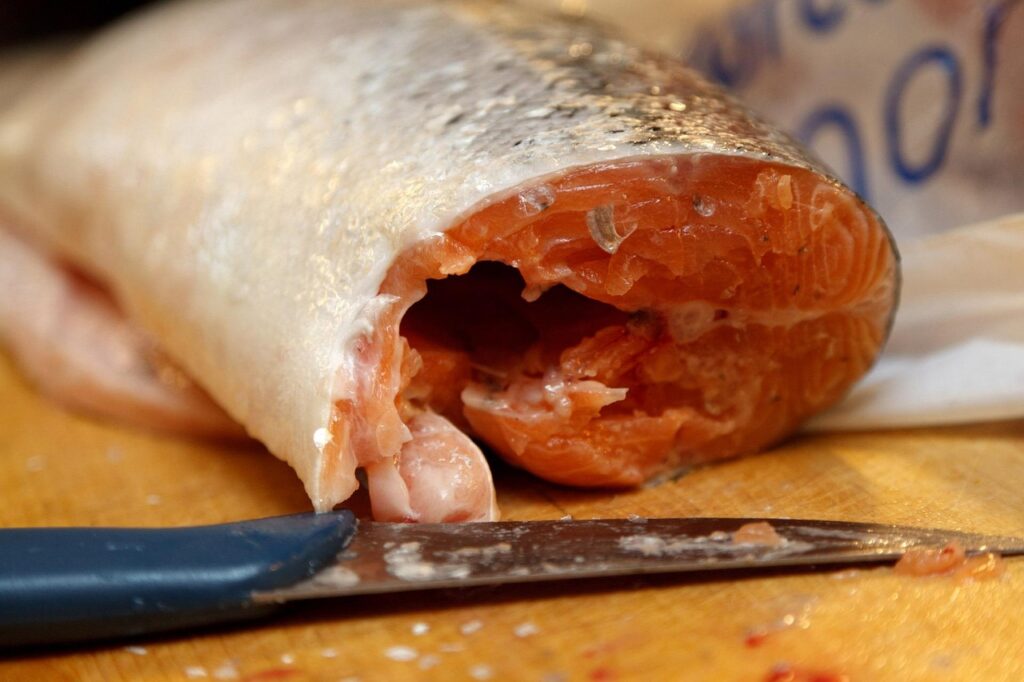
Fish is one of the most versatile proteins in the kitchen, but knowing how to handle its many cuts can make the difference between a dish that shines and one that falls flat. From delicate fillets to hearty steaks and whole-roasted presentations, each cut of fish carries unique textures, flavors, and cooking needs. Mastering these basics will not only boost your confidence in the kitchen but also help you bring out the very best in this healthy, delicious ingredient.
1. Fillet
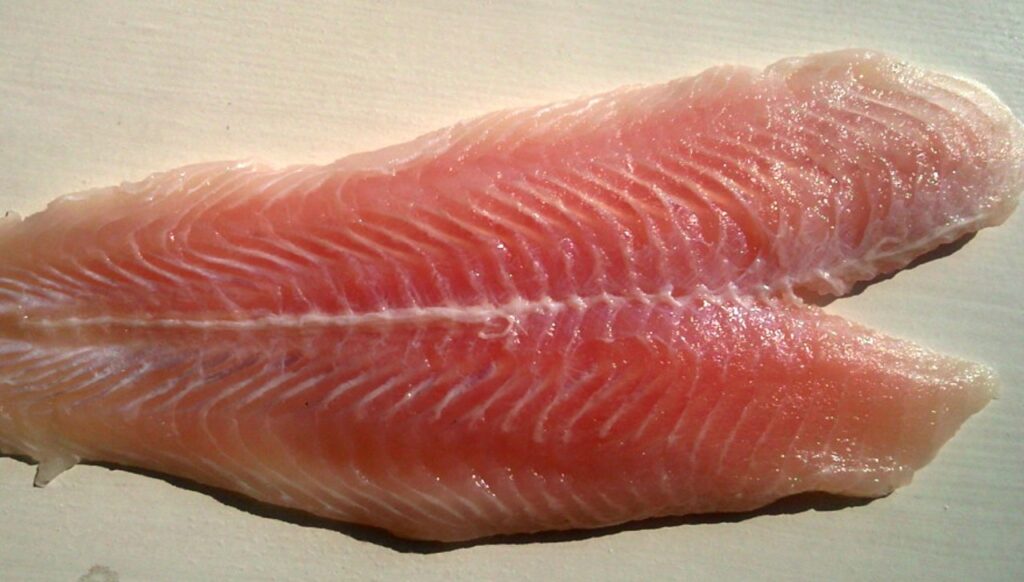
Fillets are the most common cut, boneless slices of fish taken from either side of the backbone. They’re prized for their versatility and delicate texture, making them ideal for pan-searing, baking, or poaching. Fillets cook quickly and absorb flavors easily, which is why they’re perfect for marinades or light sauces. Thinner fillets like flounder or sole are best with quick heat, while thicker ones like salmon or cod can handle roasting. Gentle handling is key, as fillets can break apart if overcooked.
2. Steak
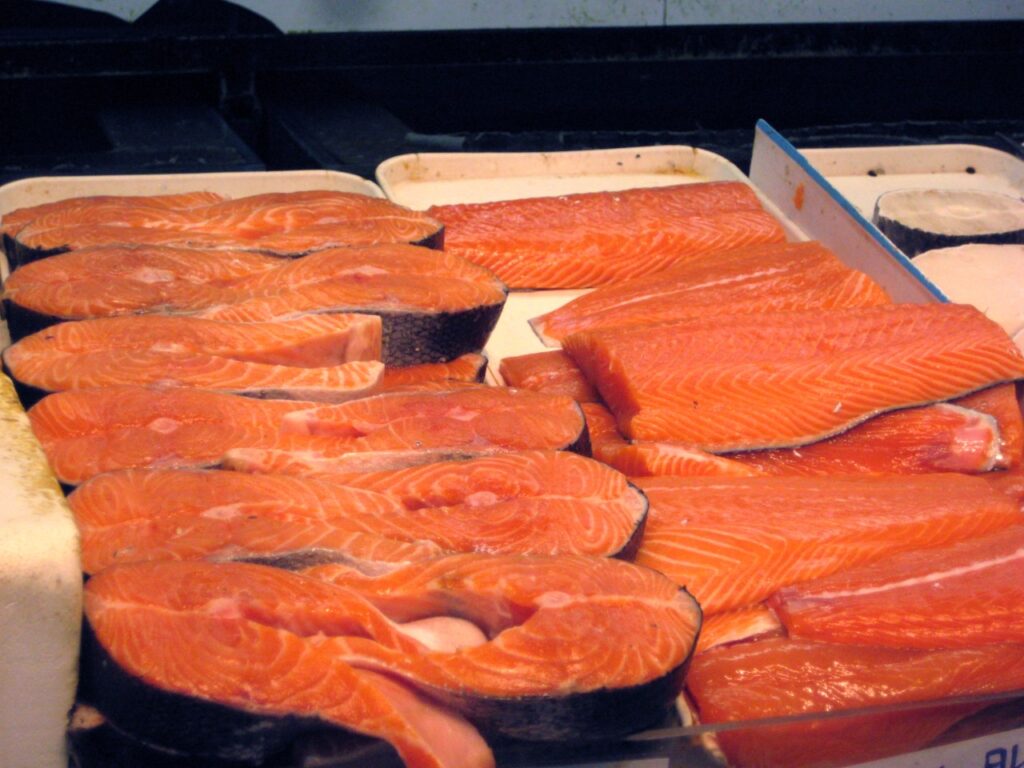
Fish steaks are thick cross-sections cut straight through the backbone, leaving bone at the center. They’re sturdy and meaty, making them great for grilling, broiling, or pan-searing. Steaks from fish like tuna, salmon, or swordfish hold up to high heat and bold seasonings without falling apart. The central bone also adds flavor and helps retain moisture during cooking. Their thickness allows for a beautiful charred crust while keeping the inside tender, making them a favorite for hearty, satisfying meals.
3. Loin
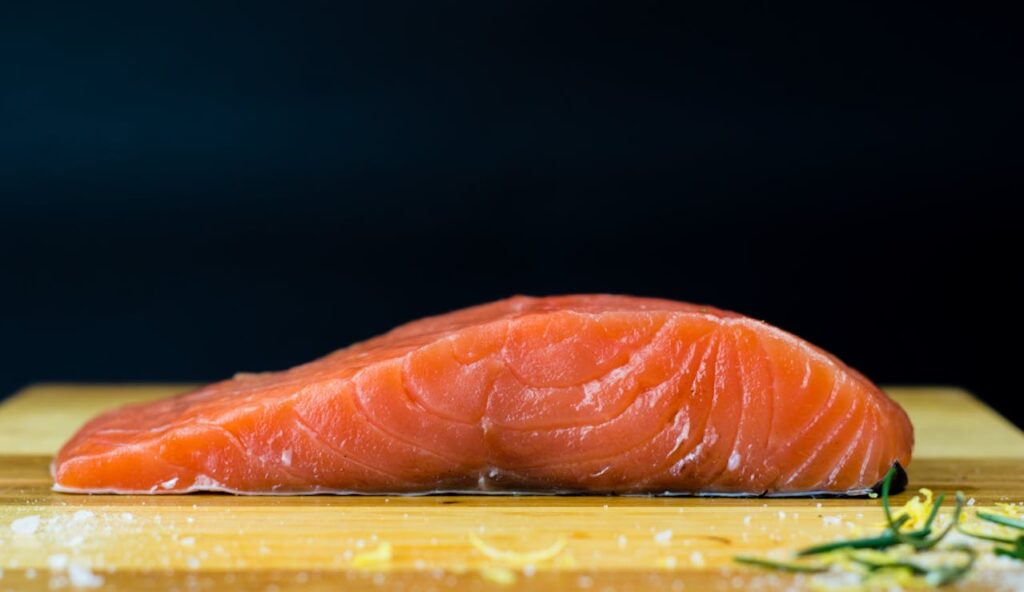
The loin comes from the thickest part of the fish, typically the back, and is known for its firm, uniform texture. It’s a prized cut for larger fish like tuna, halibut, or swordfish, often served as sashimi, grilled, or roasted. Loins are forgiving because their density allows for searing on the outside while keeping the interior moist. They’re perfect for dishes that require clean slices or elegant plating, as the cut holds its shape beautifully. It’s a go-to choice for refined, restaurant-style cooking.
4. Whole Fish
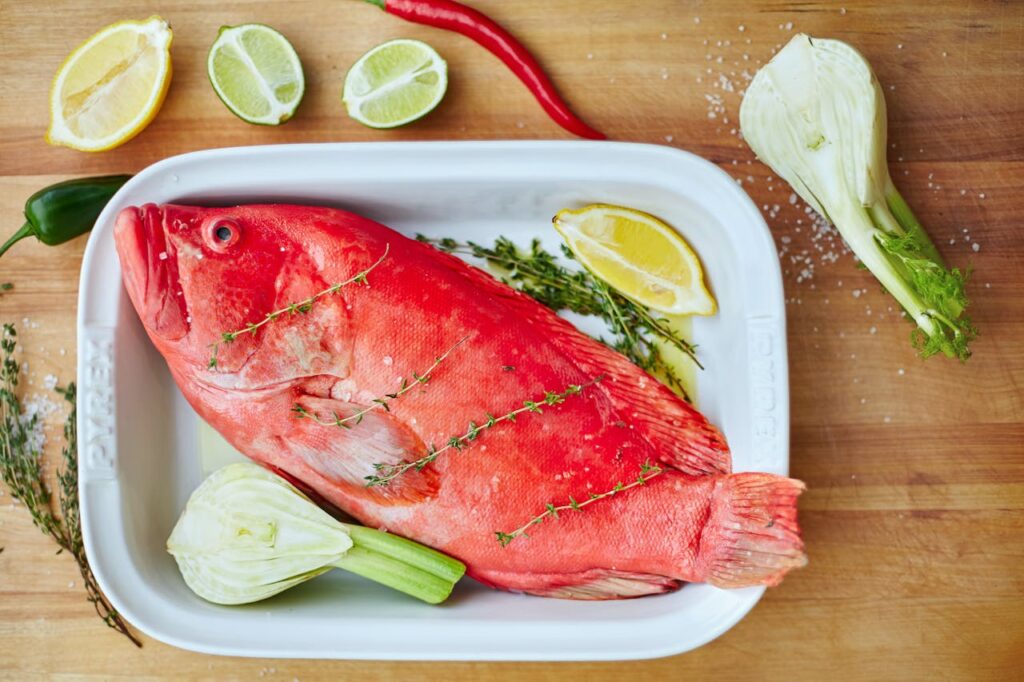
Cooking a fish whole may seem intimidating, but it offers the best flavor and presentation. Keeping the head, bones, and skin intact locks in moisture and adds depth to the taste. Whole fish can be grilled, baked, or steamed, often seasoned with herbs and citrus tucked inside the cavity. It’s a showstopper for the table, and the slow, even cooking helps prevent dryness. Smaller fish like branzino or trout are especially suited to this method, offering tender meat and dramatic visual appeal.
5. Butterfly
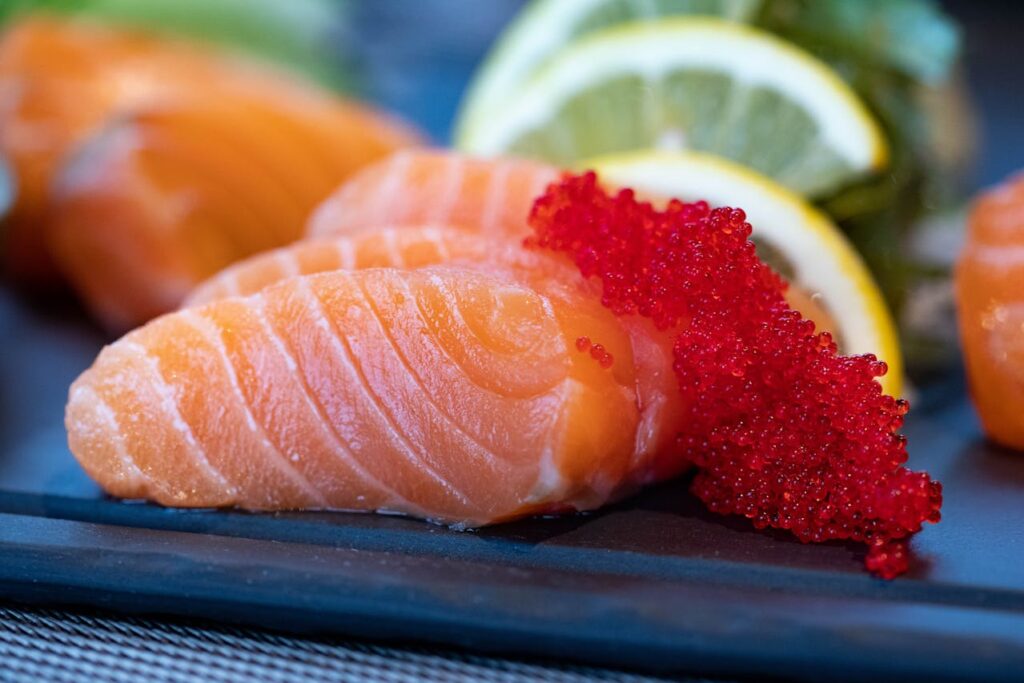
Butterflying involves splitting a whole fish down the backbone and spreading it flat, often with the head and tail intact. This cut is perfect for grilling or broiling, as it exposes more surface area to heat, ensuring even cooking. It’s especially popular with smaller fish like trout or sardines. The method lends itself to a striking presentation while allowing marinades and spices to penetrate more thoroughly. Because it cooks quickly, a butterflied fish is both impressive and practical for weeknight dinners or gatherings.
6. Supremes

Supremes are boneless, skinless cuts taken from large, firm-fleshed fish, often shaped into neat, uniform portions. They’re considered a premium cut because of their refined appearance and consistent cooking results. Supremes are perfect for pan-searing or gentle poaching, as they highlight the fish’s natural flavor and texture without distraction. This cut is commonly used in fine dining, where presentation is a key consideration. Supremes provide an elegant option for dishes that require precision, balance, and a delicate, melt-in-the-mouth finish.
7. Tail
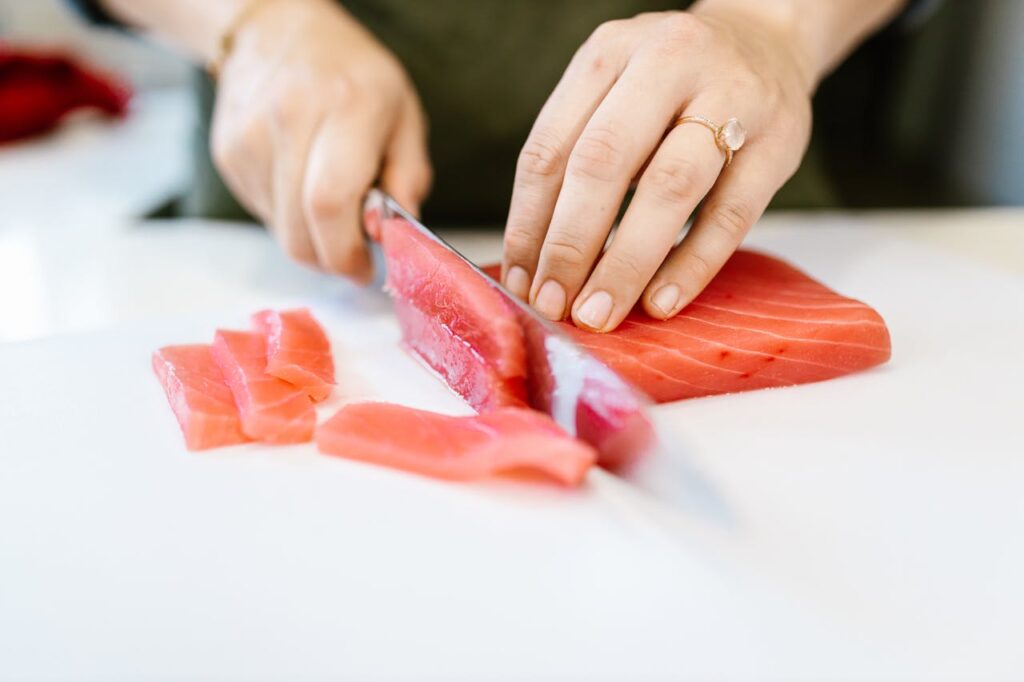
The tail portion of a fish is leaner and thinner than other cuts, with less fat and connective tissue. While it cooks quickly, it can also dry out if overdone, making it best suited for quick pan-searing, stir-frying, or curries. Tail cuts are flavorful and economical, often used in hearty, rustic recipes rather than refined presentations. They’re great for dishes where the fish is broken into chunks or flakes, and their lightness makes them ideal for meals where subtle flavor is preferred.
8. Collar
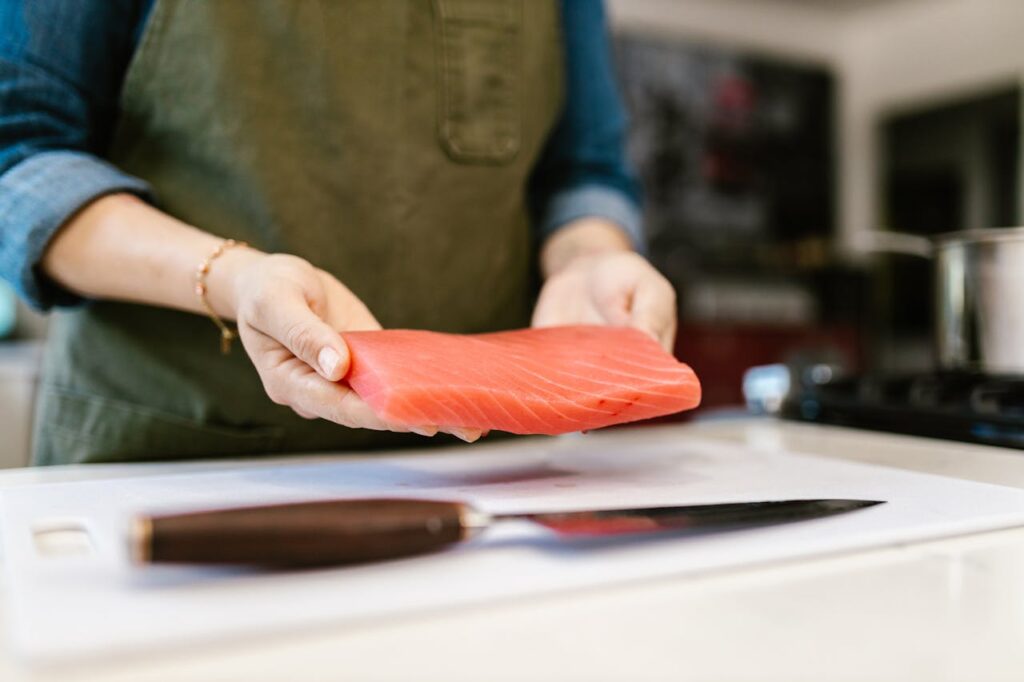
The collar is the section just behind the gills and pectoral fins, packed with fatty, flavorful meat. Though less common in Western kitchens, it’s highly prized in Japanese cuisine, where cuts like hamachi kama (yellowtail collar) are grilled until crispy and caramelized. Collars have a high fat content, which makes them rich, tender, and juicy, perfect for roasting or broiling. They may require a little effort to eat around the bones, but the reward is some of the most succulent meat on the fish.





